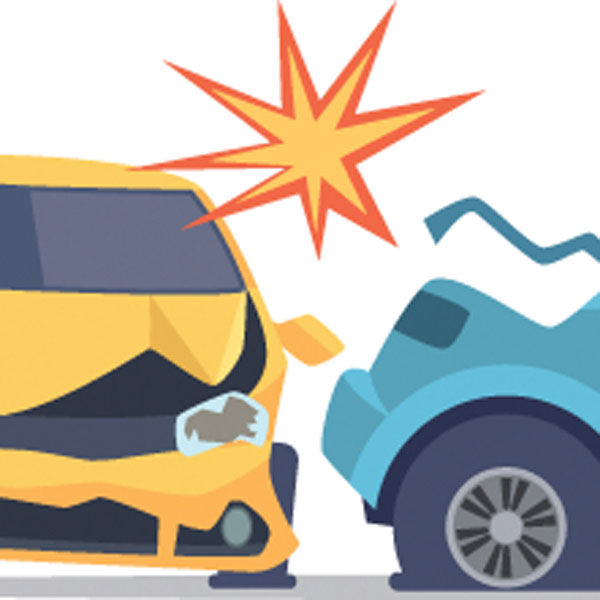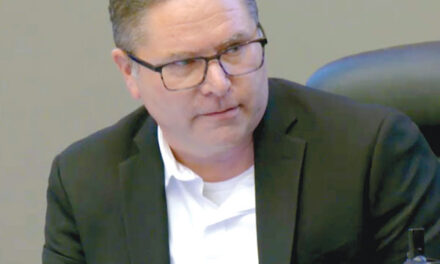Vision Zero is the idea that no one should die or be seriously injured in a traffic crash. It reflects a moral imperative that our streets should never be deadly.
The concept has been adopted by 42 cities in the U.S. and around the world, after originating in Sweden in 1997. Democratic presidential candidate Pete Buttigieg has made a national Vision Zero program part of his campaign.

The Sacramento City Council unanimously adopted a Vision Zero resolution in January 2017. It set an ambitious goal of zero traffic fatalities and serious injuries by 2027. The resolution noted that during the period from 2010–2014, 130 people died in traffic crashes in the city, an average of 26 deaths a year—one of the worst rates in the state.
What’s happened in the three years since the goal was adopted? According to the Sacramento Police Department, traffic fatalities in the city were 46 in 2017, 37 in 2018 and 31 in 2019. That’s a downward trend, but significantly worse than the years prior to the resolution.
The lack of progress in reducing traffic fatalities doesn’t represent a failure of Vision Zero. In truth, Vision Zero requires a massive cultural change, plus new city policies and reworking of expensive infrastructure. That can’t be done overnight.
The city adopted a Vision Zero Action Plan in August 2018. The plan identified factors leading to traffic deaths and injuries and countermeasures. A High Injury Network was established: the 14 percent of Sacramento roadways on which 77 percent of the fatal and serious injury crashes occurred. Though only a quarter of Sacramento’s roadways are in disadvantaged neighborhoods, they account for nearly half of fatal crashes.
The city is currently working on a Top Five Corridor Study to identify improvements on the most dangerous streets in the High Injury Network: Marysville Boulevard, El Camino Avenue, Broadway/Stockton Boulevard, South Stockton Boulevard and Florin Road.
It’s cynical and unfair to say the biggest accomplishments after three years have been a plan followed by an incomplete study, but changes on the ground have been sparse. The city has reduced the speed limit to 15 mph on 225 streets around 115 schools. It conducted an awareness campaign called Our Safety is Homegrown in 2018.
Many pedestrian-oriented changes are programmed for this year, including crossing beacons, countdown crossing signals and new traffic lights.
Older Vision Zero programs in other cities have met with mixed results. Two of the most successful have been in New York City and San Francisco. Both started Vision Zero in 2014 and set goals to eliminate traffic deaths and serious injuries by 2024.
New York cut fatalities by a third, but there have been upticks in pedestrian and bicyclist deaths since 2017. San Francisco reduced fatalities to their lowest level in 2017, but deaths rose the last two years.
But there has been progress. Who would have thought San Francisco’s Market Street would become car-free?
Other Vision Zero cities have mostly fared worse, reflecting a disturbing national trend of increased traffic fatalities, especially among pedestrians and bicyclists.
In Sacramento, the city manager, public works and community development departments are involved in Vision Zero. It’s essential, according to the nonprofit Vision Zero Network, that police and public health agencies be involved.
Serious, nonfatal injuries don’t appear to be tracked in Sacramento. Here, public health is under a county agency. Traffic injuries are a major public health problem that has largely been ignored.
Sacramento police have six officers devoted to traffic enforcement—six officers to cover 24 hours each day, seven days a week. The Vision Zero Action Plan advises, “Increase number of traffic enforcement officers to number recommended by best practices.” Without a strong enforcement, drivers continue to speed, drive drunk and be distracted by phones.
To reach Sacramento’s Vision Zero goal, the city must make more resources available (saving money and lives) and foster greater interdisciplinary involvement. The city’s Vision Zero Task Force no longer exists, but its goals remain essential to public safety.
Moving forward, we need a wide range of support from groups that can guide and implement the Vision Zero strategy to make Sacramento streets the safest in California.
Walt Seifert can be reached at bikeguy@surewest.net. He was a member of the Vision Zero Task Force. Follow us on Facebook, Twitter and Instagram: @insidesacramento.
















